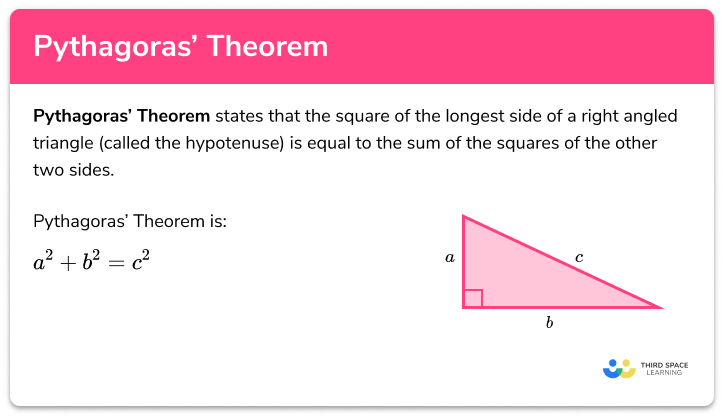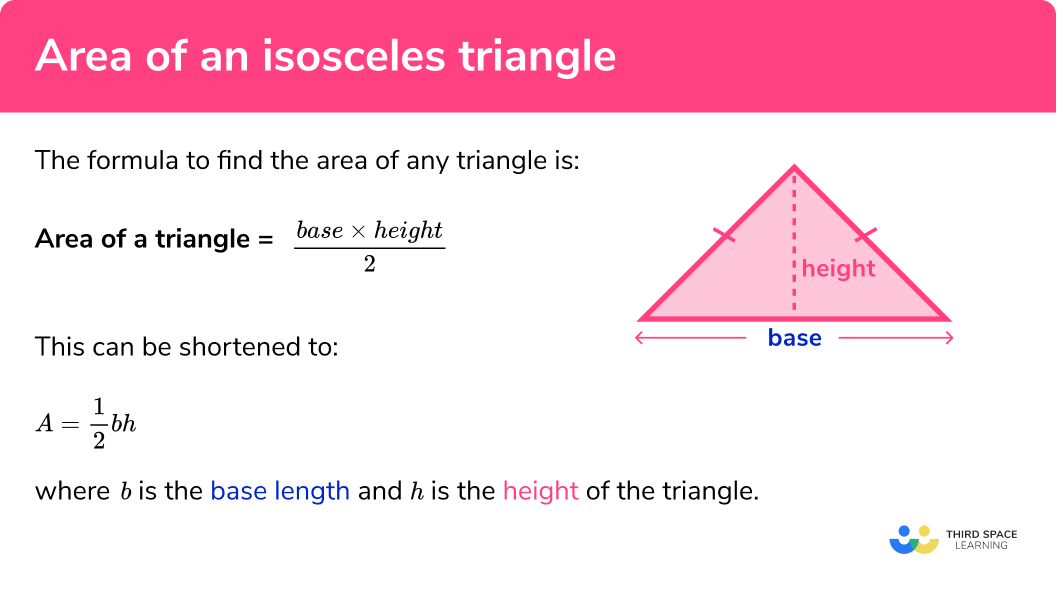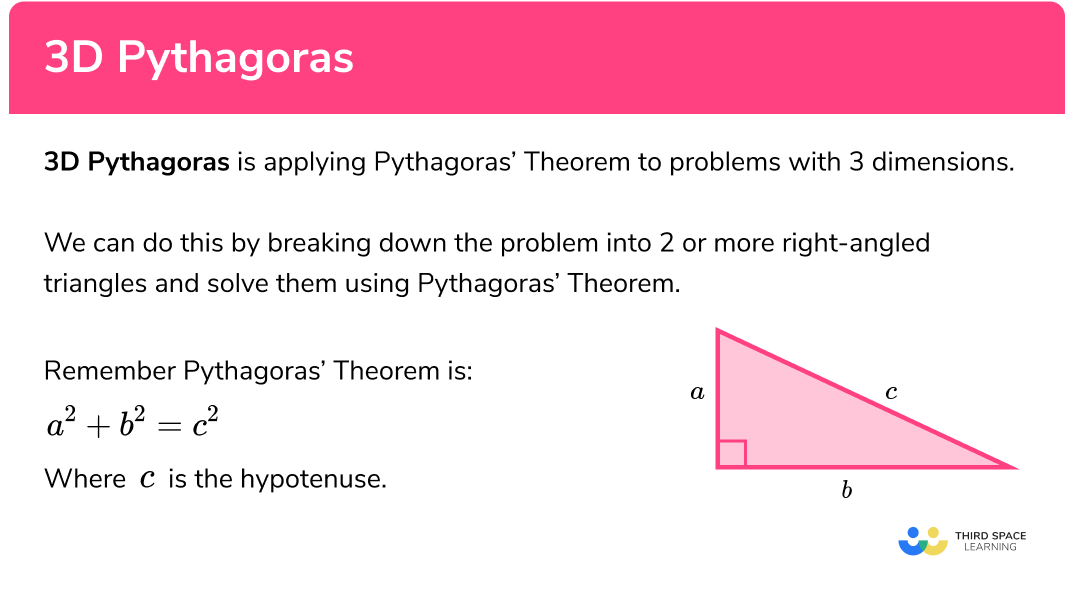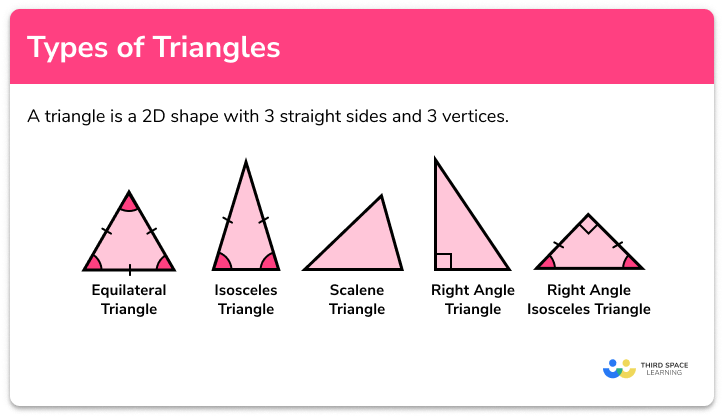FREE DOWNLOAD
Pythagoras Worksheet

Help your students prepare for their Maths GCSE with this free Pythagoras Theorem worksheet of 43 questions and answers
- Section 1 of the Pythagoras Theorem worksheet contains 36 skills-based Pythagoras Theorem questions, in 3 groups to support differentiation
- Section 2 contains 4 applied Pythagoras Theorem questions with a mix of worded problems and deeper problem solving questions
- Section 3 contains 3 foundation and higher level GCSE exam questions on Pythagoras Theorem
- Answers and a mark scheme for all Pythagoras Theorem questions are provided
- Questions follow variation theory with plenty of opportunities for students to work independently at their own level
- All questions created by fully qualified expert secondary maths teachers
- Suitable for GCSE maths revision for AQA, OCR and Edexcel exam boards
Pythagoras Theorem at a glance
Pythagoras Theorem states that, in a right angled triangle abc, the square of the length of the hypotenuse (or longest side) c is equal to the sum of the squares of the lengths of the two shorter sides of the triangle, a and b. Its algebraic formula is a2+b2=c2. It is sometimes called the Pythagorean Theorem.
This result can be used to find the length of a missing side of a right angle triangle when the other two are known.
To find the length of the hypotenuse, square the lengths of the sides a and b, and add them. Finally, square root to find the length of the unknown side. To find the length of a missing shorter side (say a), square b and c. We then proceed by subtracting the square of b from the square of c, and taking the square root as before.
Square rooting will often result in non-terminating decimals so students should give their final answers to an appropriate number of decimal places or significant figures.
A Pythagorean triple is a set of three integers that satisfies Pythagoras theorem – for example, 3, 4, 5 or 6, 8, 10. It is useful for students to be able to spot these.
There are some common real life applications of Pythagoras that come up in exam questions, such as finding how far up a wall a ladder reaches.
Looking forward, students can then progress to additional Pythagoras theorem worksheet and geometry worksheets, for example a trigonometry worksheet or a cosine graphs worksheet.

For more teaching and learning support on Geometry our GCSE maths lessons provide step by step support for all GCSE maths concepts.
Do you have students who need additional support?

With Third Space Learning's secondary maths tutoring programmes, students in Year 7-11 receive regular one to one maths tutoring to address gaps, build confidence and boost progress.
"My confidence in the tutoring is high. We've had some phenomenal results. I even had one girl get a Grade 8 this year; she came to every tutoring session."
Stacey Atkins, Maths Director, Outwood Grange Academies Trust




